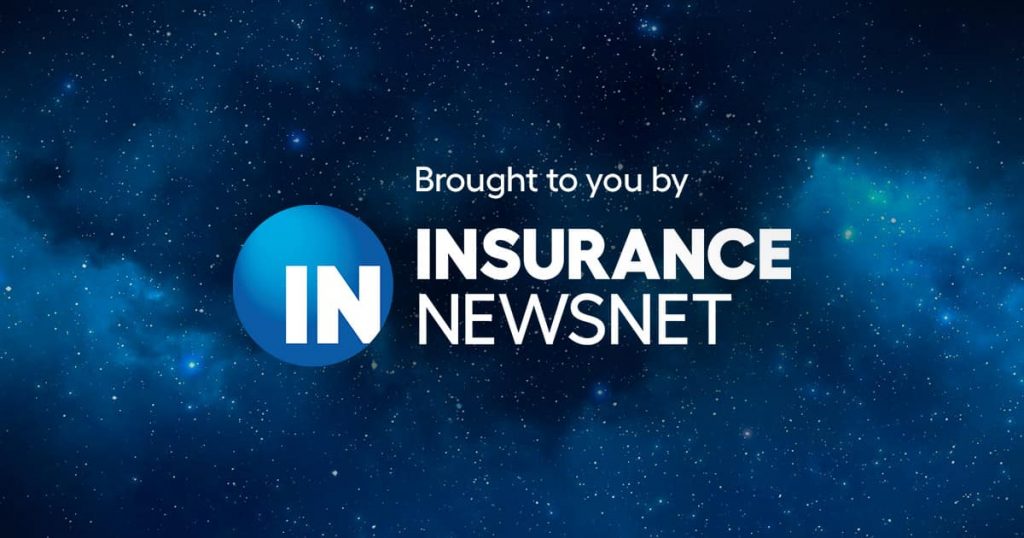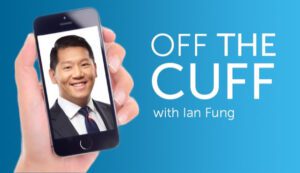Comment on Employees Turn Away From High-Deductible Health Plans: Report by Judy AP

More large employers added high-deductible health plan (HDHP) options and voluntary income protection products to their benefits, but fewer employees decided to enroll in either during the 2017 cycle, according to newly released data.
The reason for the pause in adoption may have to do with price increases in high-deductible plans, a benefits expert said.
“The cost of high-deductible plans has gone up as well and that has a bit of a leveling off effect so the low cost of a high-deductible plan is less of driver of adoption,” said Shandon Fowler, senior director of product strategy at Benefitfocus, which released the study.
The State of Employee Benefits 2017 study and benefit election data come from anonymous enrollment transactions in the Sept. 1 to Dec. 15, 2016 open enrollment period for employees of 504 employers on the Benefitfocus platform.
Survey data is designed to reflect large employer activity and not meant as a nationally representative sample.
Implementing high-deductible plans, where the deductibles often surpass $5,000, represent big savings for employers and the latest plan data indicate that more employers are offering these high-deductible plans.
More Employers Offer Plans, but Uptake Softens
For the 2017 plan year, 56 percent of large employers on the Benefitfocus platform offered a high-deductible plan in addition to a traditional PPO or HMO plan. That figure is up from 52 percent in the 2016 plan year, the survey found.
But the uptake of high-deductible plans among employees dropped as the average family premium for these plans soared more than 12 percent in the 2017 benefit year.
In 2017, only 36 percent of participants chose a high-deductible plan when offered at least one high-deductible plan and a traditional plan, down from 41 percent in 2016, the analysis found.
This indicates that high-deductible plans don’t exert that same cost-control powers they did three or four years ago when these plans burst into the marketplace.
“The data show more cost sharing and more of a shift from employer to employee, which makes that cost more impactful to consumers and employees,” Fowler said.
It’s too soon to say whether the dip in high-deductible plan adoption rates will turn into anything more concrete, analysts say. But for the moment, higher costs appear to have eroded some of the relative price advantage high-deductible plans had compared with traditional PPOs or HMOs.
Relative Bargain of HDHP Fades
High-deductible plans, a popular tool for employers to transfer the responsibility for funding major medical care costs to employees, now appear in three out of five large employer benefit programs, the data showed.
When introduced, the plans offered very low premiums but much higher deductibles. That model appeals most to lower-paid, young, single workers in good health and with low health care needs.
For higher-paid older employees with families and pre-existing conditions, high-deductible options were never a substitute for traditional plans. Out-of-pocket costs are much higher than traditional medical plans, and now even less of a substitute with high-deductible plans costing more.
The average employee-paid premium on a family high-deductible plan in 2017 reached $3,156, an increase of 12.1 percent from 2016. The average annual family premium for a PPO plan in 2017 was $4,304, an increase of just 1 percent from 2016, as employers picked up a larger portion of the shared premium, according to the survey.
High-deductible plans were once a bargain relative to traditional plans so long as you didn’t have a big or catastrophic claim, but that relative advantage appears to have ebbed.
Traditional primary medical benefit plans seem to be adopting elements of their high-deductible plan cousins in the form of higher deductibles and higher limits.
Even with PPOs, deductibles are going up substantially, which help keep premiums in check but may be turning PPOs and other traditional benefit plans into something that looks and feels of a high-deductible plan, Fowler said.
The shrinking out-of-pocket cost gap between high-deductible plans and traditional plans is one of the most significant issues that benefits administrators will face over the next several years, he added.
This is why employers are offering more “gap” insurance products to help employees fill those coverage holes.
Parallel Story With Voluntary Benefits
Large employers were more receptive to offering voluntary income protection benefits — accident, critical illness and hospital indemnity insurance — which experts consider an important tool to offset out-of-pocket expenses under a high-deductible plan or fill gaps left open by primary medical coverage.
In the 2017 enrollment period, 47 percent of large employers offered at least one income protection voluntary benefit product, up from 36 percent in the prior enrollment period, the survey found.
But as with high-deductible plans, employees were reticent when it came to the purchasing decision.
Only 29 percent of employees elected at least one of three major income protection products last fall for the 2017 benefit year, down from 36 percent in the previous election period, the survey found.
“It’s possible that many employees – particularly HDHP subscribers facing major premium hikes – believed they couldn’t afford the burden of paying for additional insurance,” wrote Logan Butler, lead writer, and Jen Clark, lead researcher, for the report.
The survey showed that employers are challenged to provide everything employees need, Fowler said.
Also, that employees are challenged to afford everything employers provide, and that means a big opportunity for benefit brokers to step in and help.
InsuranceNewsNet Senior Writer Cyril Tuohy has covered the financial services industry for more than 15 years. Cyril may be reached at [email protected]
© Entire contents copyright 2017 by InsuranceNewsNet.com Inc. All rights reserved. No part of this article may be reprinted without the expressed written consent from InsuranceNewsNet.com.






